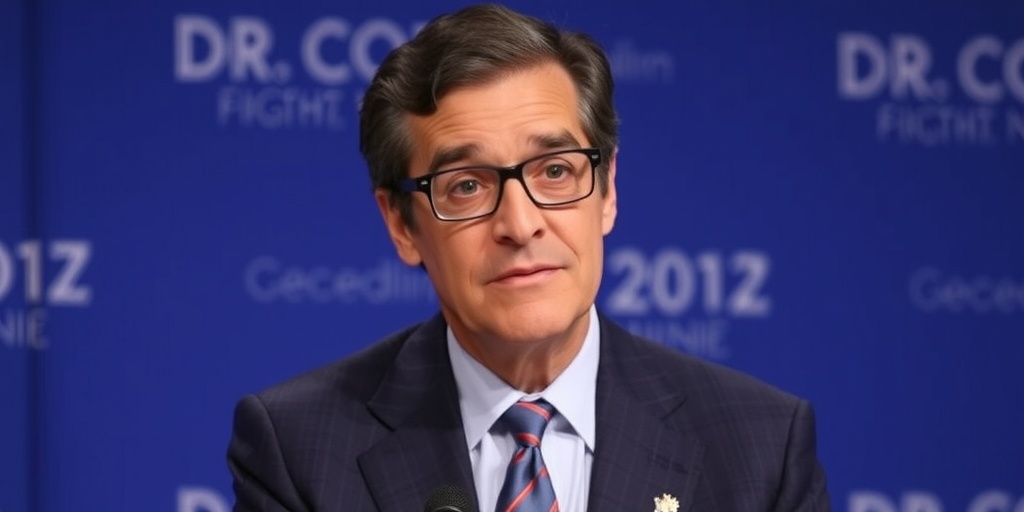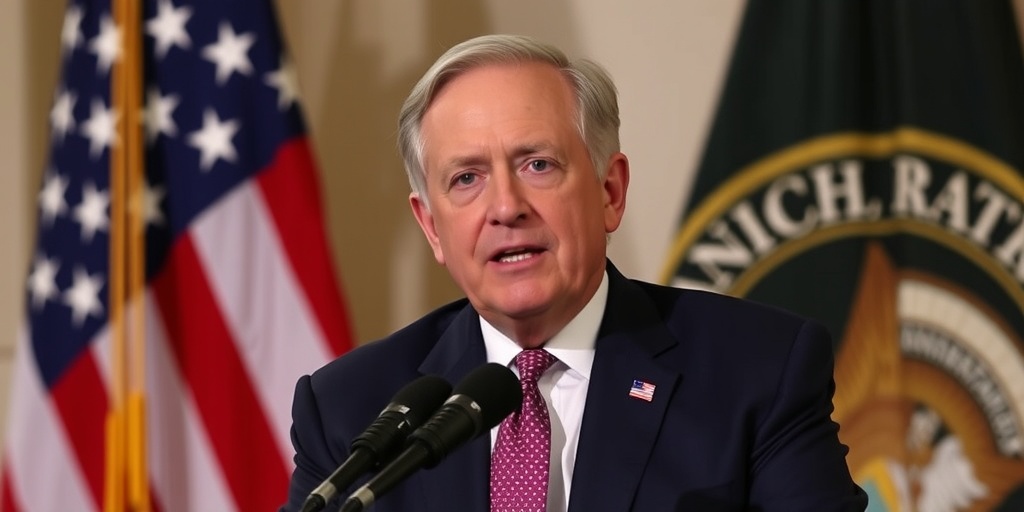Now Reading: Trump Announces Canada and Mexico Tariffs Will Start Next Week
-
01
Trump Announces Canada and Mexico Tariffs Will Start Next Week
Trump Announces Canada and Mexico Tariffs Will Start Next Week

Trump’s Tariffs: New Measures Against Canada, Mexico, and China Amid Drug and Migration Concerns
In a significant development on Thursday morning, President Donald Trump confirmed the enforcement of tariffs on imports from Canada and Mexico, set to commence on March 4 as previously scheduled. This announcement follows Trump’s assertion that both countries are still insufficiently addressing the issue of drug trafficking into the United States.
In addition to tariffs on Canada and Mexico, China will also be subjected to a new 10 percent tariff, which will be enforced alongside an existing 10 percent levy that was imposed earlier this month. President Trump expressed his concerns via a post on Truth Social, emphasizing that high levels of drugs, particularly fentanyl, continue to enter the United States from both Mexico and Canada. He pointed out that a significant portion of these drugs, including fentanyl, are manufactured and supplied by China. Trump stated that the tariffs are necessary until the flow of drugs is “stopped, or is seriously limited.”
Earlier in February, Trump had hinted at the potential imposition of tariffs on all products originating from Canada, Mexico, and China in a bid to curb the influx of migrants and drugs. However, he temporarily paused the tariffs for Mexico and Canada for a month after both countries agreed to take more stringent measures, such as increasing military presence at the borders and, in Canada’s case, appointing a “fentanyl czar.”
Despite these temporary pauses, Trump has pressed ahead with the 10 percent tariff on all Chinese products, which has prompted retaliatory measures from China, including tariffs on American goods. Many experts and economists warn that implementing additional tariffs on the United States’ three largest trading partners could exacerbate the economic strain already beginning to emerge as a result of Trump’s recent actions.
This situation has presented a unique challenge for Canadian officials. They contend that fentanyl manufactured in Canada has not contributed significantly to drug problems in the United States. Last year, U.S. Customs and Border Protection agents intercepted approximately 19 kilograms of fentanyl at the U.S.-Canadian border, a stark contrast to the nearly 9,600 kilograms seized along the U.S.-Mexico border, where cartels have been actively involved in mass-producing the drug. In fact, a Congressional commission report released in 2020 indicated that Canada is not a major supplier of fentanyl or its precursor chemicals.
In contrast, Mexico is identified as a primary source of fentanyl trafficking. In response to increasing pressure from the U.S., the Mexican government has ramped up its operations against cartel activities, executing a series of high-profile arrests and drug lab busts targeting the notorious Sinaloa Cartel. Just this past month, after Trump had threatened to impose a 25 percent tariff on Mexican exports, Mexican President Claudia Sheinbaum mobilized 10,000 national guard troops to the border, while also dispatching additional soldiers to Sinaloa—a significant epicenter of fentanyl production—resulting in high-level arrests and extensive drug lab raids.
As the March 4 date approaches for the implementation of these tariffs, the efficacy of Mexico and Canada’s measures remains to be seen. Trump’s Thursday post appears to clarify any confusion regarding the timing of the tariffs, particularly following his comments at the White House on Wednesday, which led some to believe the levies might be delayed.
When asked about the tariffs on Canada and Mexico during a press briefing, Trump indicated they would proceed but referenced April 2 as a date for other tariffs, which he described as “reciprocal tariffs.” This sparked speculation among investors about whether the enforcement of the tariffs related to drug and migrant flows would indeed be postponed. As a result, the values of both the Mexican peso and Canadian dollar experienced a slight uptick. Nevertheless, a subsequent clarification from a White House official emphasized that the April 2 date pertained to other tariffs and not those imposed on Canada and Mexico.
Trump’s administration is under pressure to ensure that these tariffs have a tangible impact on curbing drug trafficking and improving border security. As the situation continues to evolve, both domestic and international stakeholders are closely monitoring the developments, noting that the long-term consequences of such economic measures may have far-reaching effects not only on trade relations but also on the flow of illegal drugs and migrants into the United States.
With the stakes high, it remains uncertain how the evolving dynamics of U.S. trade policy under Trump will influence diplomatic relations with Canada and Mexico, and whether these tariffs will achieve their intended effect of reducing drug trafficking across the borders while simultaneously affecting the broader economic landscape. As the deadline approaches, the implications of these tariffs will undoubtedly be felt across industries and among consumers alike.
Stay Informed With the Latest & Most Important News
Previous Post
Next Post
-
 01New technology breakthrough has everyone talking right now
01New technology breakthrough has everyone talking right now -
 02Unbelievable life hack everyone needs to try today
02Unbelievable life hack everyone needs to try today -
 03Fascinating discovery found buried deep beneath the ocean
03Fascinating discovery found buried deep beneath the ocean -
 04Man invents genius device that solves everyday problems
04Man invents genius device that solves everyday problems -
 05Shocking discovery that changes what we know forever
05Shocking discovery that changes what we know forever -
 06Internet goes wild over celebrity’s unexpected fashion choice
06Internet goes wild over celebrity’s unexpected fashion choice -
 07Rare animal sighting stuns scientists and wildlife lovers
07Rare animal sighting stuns scientists and wildlife lovers





















